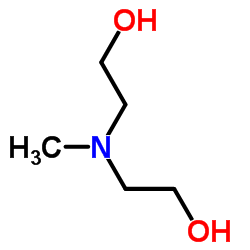| 结构式 | 名称/CAS号 | 全部文献 |
|---|---|---|
 |
N-甲基二乙醇胺
CAS:105-59-9 |
|
 |
三(2-氯乙基)胺盐酸盐
CAS:817-09-4 |
| 结构式 | 名称/CAS号 | 全部文献 |
|---|---|---|
 |
N-甲基二乙醇胺
CAS:105-59-9 |
|
 |
三(2-氯乙基)胺盐酸盐
CAS:817-09-4 |